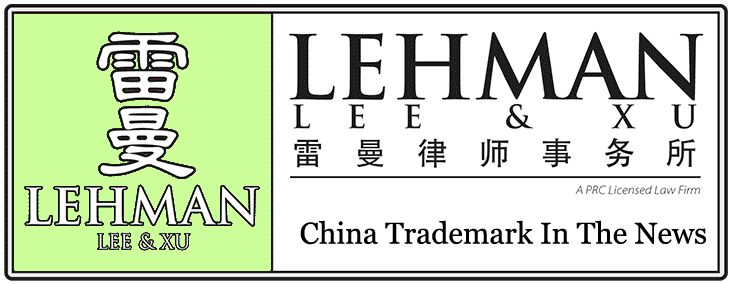Guangzhou Intermediate People’s Court has recently made the first instance decision finding for H.J. Heinz Company in trademark infringement and unfair competitions disputes with a Dongguan company. Lifang partners Mr. Xie Guanbin and Mr. Darren Cai represented Heinz in the proceedings, during which the court has also determined that a Chinese version and un English version of Heinz’s trademarks are well-known on class 5 baby food. The Defendant is also ordered to immediately cease infringement and unfair competition practice and compensate Heinz for economic losses and reasonable expenses.
H.J. Heinz Company is a world leading supplier of baby food and various condiments. In 2010, Heinz found that the defendant changed its company name to Dongguan Hengshi Education Information Co., Ltd., wherein the Chinese word “Hengshi” is identical to one of Heinz’s registered trademark in China as well as Heinz’s Chinese company name. The Dongguan company also used marks identical with or comprising Heinz’s Chinese and English word trademarks in prominent manners at its business sites and in publicity materials. Entrusted by Heinz, Lifang acted on behalf of Heinz in pursuing a series of legal actions including the lawsuit for trademark infringement and unfair competition and filed a request for the court to determine the involved Heinz trademarks are well-known trademarks. We prepared sufficient evidence regarding the publicity and reputation of Heinz marks in China, their continuous use in China, market share, advertising and marketing, media coverage and charity activities. The Court eventually found that Heinz’s are well-known trademarks of baby food.
The Guangzhou court decision is the first one that includes well-known trademark determination coming after the implantation of the new Trademark Law, although the previous law applies to the case. The Court applies Article 13 of Supreme People's Court’s Interpretation on Several Issues Regarding the Application of Law to Civil Cases Involving the Protection of Well-known Trademarks (2009), which provides that in civil cases involving well-known trademark protection, the Court’s finding that a trademark is well-known is a part of the finding of fact and ground for decision, but is not included in the main text of the court order. This provision has been adopted in Article 14 of the new Trademark Law.
China’s new Trademark Law, which has taken effect on May 1, 2014, is more specific on issues regarding the determination of well-known trademark. In addition to the aforesaid article 14, it stipulates the condition for such determination from the prospective of the owner of a well-known trademark, i.e. “Should any rights of a trademark well known to the relevant public be infringed, the trademark holder may request for the protection of well-known trademark.” (Article 13) In the meanwhile, the new law further clarifies the procedures for determining well-known trademarks respectively by the Trademark Office, the Trademark Review and Adjudication Board and the Court.
http://www.lexology.com/library/detail.aspx?g=1d1b1da8-554c-4ae1-9439-a513eb20b914 |


